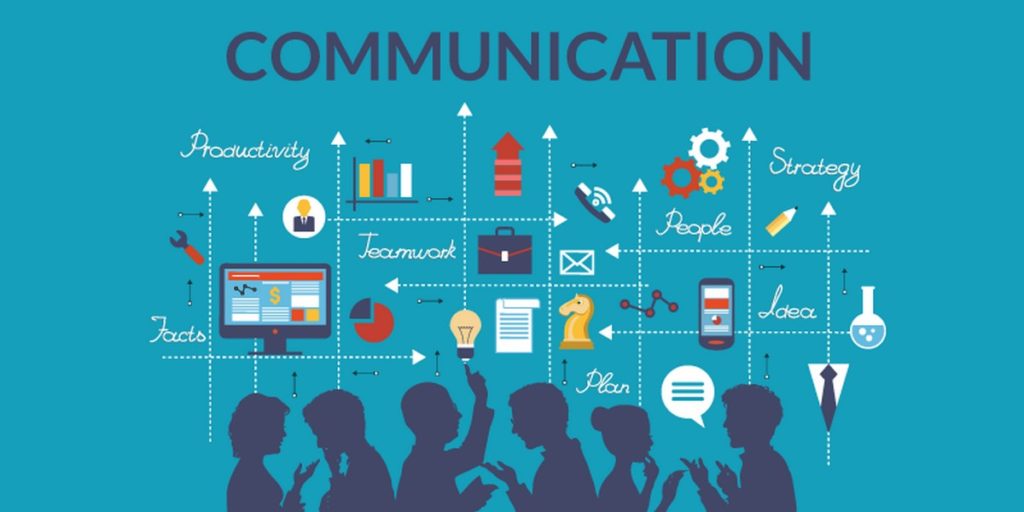
Peace is not the absence of conflict. It’s the ability to handle conflict by peaceful means. – Ronald Reagan
There’s an old story about two men who lived in a small village and got into a terrible dispute they could not resolve. To resolve the conflict, they decided to talk to the town sage. The first man went to the sage’s home and told his version of what happened. When finished, the sage said, “You’re absolutely right.”
The next night, the second man called on the sage and told his side of the story. The sage responded, “You’re absolutely right.” Afterward, the sage’s wife scolded her husband. “Those men told you two different stories, and you told them both they were right. That’s impossible – they both can’t be right.” The sage turned to his wife and said, “You’re absolutely right.”
This humorous story reminds us that during conflict, most people see themselves as on the right side of the conflict. They identify the other party as the ones in the wrong, and the hamster wheel keeps spinning until they eventually “agree to disagree.” In the end, nothing changes, nothing improves, and nothing is gained.
Here’s the principle most people miss: There must be communication resolution before conflict resolution.
We hear and read so much about conflict resolution in many leadership circles. It’s almost as if the primary goal is to be as far removed from conflict as possible – thus producing and generating a “healthy” workplace culture.
As a leader, you can work tirelessly to create an environment where “conflict resolution” abounds and people smile all day. Still, underneath the surface, tensions and the general feeling that peace must be maintained at all costs are causing many to feel as though they are walking on eggshells.
What if there was a better way? What if you could have a culture where healthy disagreements could occur – and dare I say it – it’s encouraged? Imagine a culture where civility and disagreements are welcomed and discussed in a way that moves you closer to your goals and objectives.
Many conflicts at home or work can be traced back to poor communication skills. Listening skills primarily revolve around waiting to respond and not seeking to understand. The list goes on. But when you sharpen your communication skills, you also sharpen – indirectly, your ability to resolve conflict. As a leader, this is an invaluable tool. Let me give you some general starting points for communication resolution. Remember that this is not an exhaustive list, but a good place to start.
Resolve to build trust
Communication rises and falls on trust. If your people don’t trust you, the conflict will be ever-present in your organization. The foundation of resolving conflict is measured by a shared trust that, despite any conflict, is knowing that we can trust each other.
Resolve to bring people together, not keep them apart
The longer people are kept apart, the more prolonged tensions have to fester and boil over. When your team is not sitting down together and communicating, there is more of an opportunity for conflict to grow.
Resolve to listen more than you speak
Your role as a leader is to facilitate communication, not lecture. A good rule of thumb is to talk less, listen more, and weigh in when needed. The more your team communicates with each other, the more they will discover that there is usually more that unites them than divides them. Give them space to figure it out.
Resolve to lead with humility
Your responsibility as a leader is not to walk away from conflict but to open communication channels. It’s not about pulling rank, keeping score, or winning at all costs. It’s about being a servant leader who cares more about your people than winning.
Next week, I will discuss this topic further with you, including some action steps you can implement to help you build a team that understands the value of communication.
©2025 Doug Dickerson








